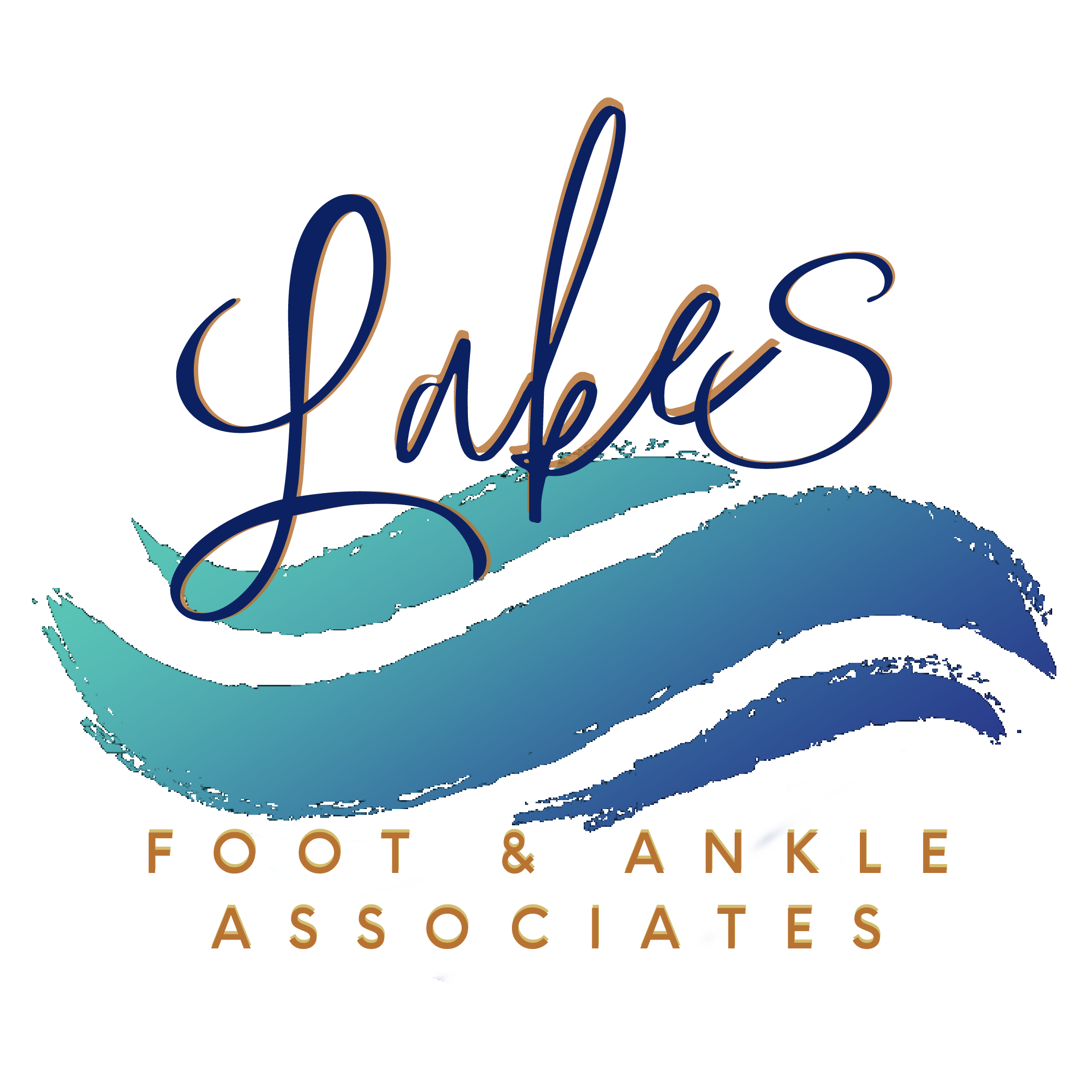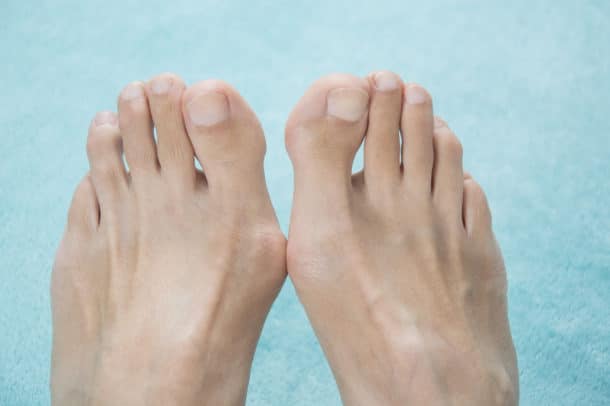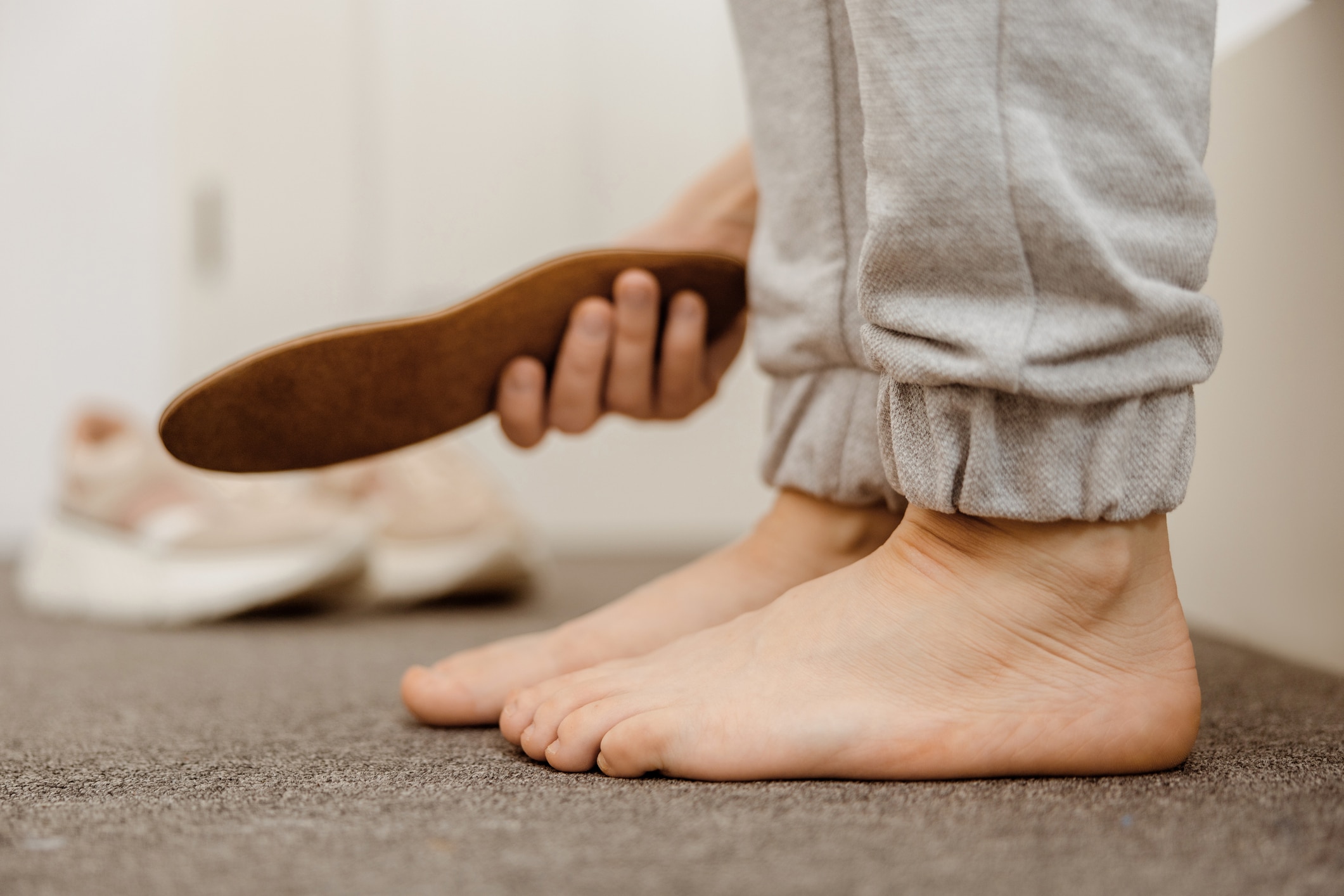For many people, bunions have become such a routine part of life that they just endure the discomfort whenever it arrives.
(Making an in-law’s joke here would be too low of a bar, wouldn’t it?)
There is truth to the fact that bunions should always start being addressed sooner than later. However, that doesn’t mean you are helpless against your bunion’s pestering presence if you have had one for many years.
The plain deal is that the majority of bunions can be addressed in ways that improve comfort and even mobility. What’s more, these treatments are often conservative in nature. In many cases, surgery is not your only option!
We can help you manage the discomfort of chronic bunions and even slow or stop the progression of newer bunions. But before we go into the hows, let’s take a brief refresher on what bunions are.
When Your Big Toe Starts to Travel
We always like to start our patient’s education by teaching them what bunions aren’t. It is important to understand that bunions ARE NOT a “growth” nor are they a “calcium deposit”. These are two terms that are completely incorrect and misleading.
What a bunion is, is a misalignment of the great toe joint area ultimately due to genetics. A bunion develops as the result of the joint at the base of your big toe becoming destabilized. This can cause the toe to begin shifting toward the second toe, and the inner side of the joint appears to become a large, bony bump that often gets irritated and swollen.
If you have a bunion, odds are good that you inherited a foot type from your family that is more susceptible to developing this deformity. You may have a foot shape that causes excess pressure to be placed on the joint of the big toe, making it weaker and destabilized over time.
(And if you are younger with a family history of bunions, you should keep an eye on your feet for signs that your toe might be shifting, too.)
The Right Treatments for Your Bunion
Unfortunately, there is nothing short of surgery that will “reverse” a bunion. And, frankly, returning the shape of the toe to normal for just cosmetic reasons is never the only reason for bunion surgery.
The primary goals of any bunion treatment are:
- Bringing relief of pain and discomfort to the patient.
- Slowing or stopping the progression of a bunion (in other words, simply keeping it from becoming worse).
Conservative forms of treatment are frequently effective at accomplishing these goals. Only if and when they aren’t does surgery become a consideration. A fear of surgery is not a good reason to hold back on seeking the care you deserve!
The progression of your bunion can be a very significant factor in determining how effective conservative treatments will be, though. When a bunion is just starting to develop, it tends to be more flexible and responsive to treatment. The results tend to be a lot more effective and satisfying! A bunion that has had years to progress tends to be more rigid and have a more severe impact. Conservative treatments might not be as world-changing—but they can still make a good impact on your comfort.
Conservative treatments can take on a variety of forms, ranging from simple lifestyle changes to more involved or advanced treatments. Some methods include:
- Changes in footwear. The consensus is still out on whether high heels and shoes with tight toe boxes actually cause bunions, but they certainly can make an already existing condition much worse. Switching to shoes that place less stress on the forefoot and toes can make a big difference.
- Bunion pads. Even with roomy shoes, a bunion can still rub against the inside of a shoe and cause friction. Bunion pads add a barrier to prevent this.
- Toe separators. These devices help guide toes back into their proper positions, reducing friction between them and potentially keeping a bunion from moving farther out of alignment. These tend to be more useful in earlier stages of bunions.
- Taping or splinting. Splints tend to be worn at night to hold a toe in place and increase comfort, while taping has the potential to aid in relief throughout the day.
- Custom orthotics. In cases where an abnormal foot structure is placing excess stress on the forefoot and toe, custom-orthotic inserts can provide correction and control poor biomechanics.
- Icing and pain medications. When pain needs to be addressed directly, we may recommend a topical pain-relieving medication and/or an icing regimen. We may also suggest MLS laser therapy for pain relief and inflammation reduction in some cases.
If a bunion is too severe to respond well to conservative treatments, however, then surgery is a more practical consideration.
If surgery is something we suggest, we will be sure to discuss all the pros and cons of such a procedure, as well as what you can expect during recovery. Our goal is to allow you to make the decision with as much information as possible. It is important to understand that bunion surgery is not just “cutting off the bump”.
We have two foot surgeons who are highly trained and very skilled in the many forms of reconstructive bunion surgery, and our office is even equipped with a hospital-grade operating room if you prefer to have the procedure there. Either way, you will be in good hands.
Don’t Let Your Bunions Be the Boss of You
No matter how long you have had them, bunions should not keep you from doing the things you love. If you are seeking relief from this issue, Lakes Foot and Ankle Associates will be here to help.
Call our Commerce Township office at (248) 360-3888 to schedule an appointment with us. We are open every weekday, and can sometimes make appointments on Saturday as well. If you prefer to reach us electronically instead, please fill out our online contact form and a member of our staff will reach out to you.
| Monday | 8:00am – 4:30pm |
| Tuesday | 9:00am – 4:30pm |
| Wednesday | 8:00am – 4:30pm |
| Thursday | 8:45am – 6:00pm |
| Friday | 7:30 am – 4:00pm |
| Saturday | – Closed – |
| Sunday | – Closed – |



